12 Organizing Tricks That Actually Create More Clutter
Many people turn to organizing tricks hoping for a tidier home, only to end up with even more clutter than before. Some methods that sound clever on social media can make spaces feel busier or harder to maintain. It often comes down to using too many containers or storing things that should have been tossed. If this sounds familiar, you are not alone in the struggle.
This post may contain affiliate links, which helps keep this content free. Please read our disclosure for more info.
Overusing Storage Bins
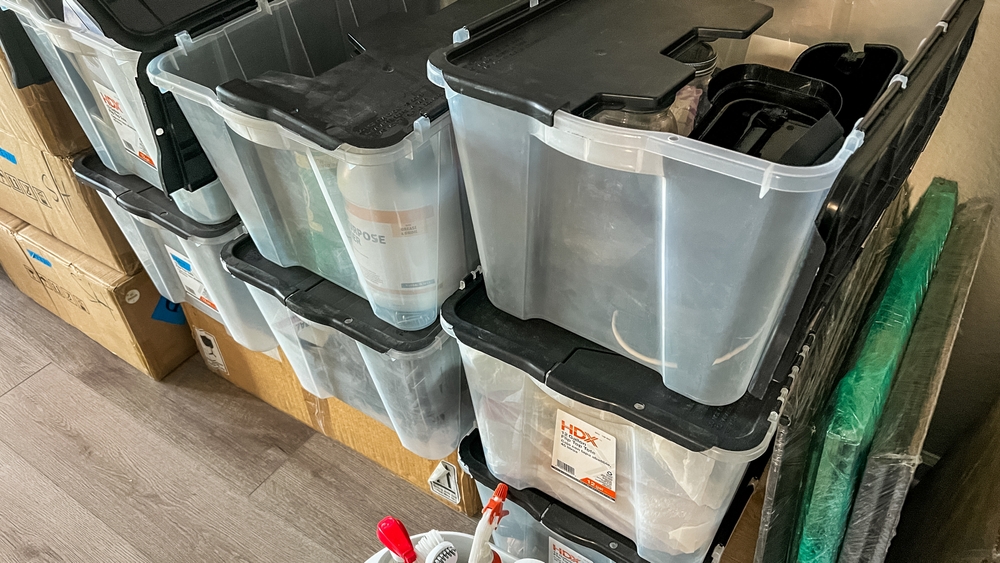
Many people think buying more bins will make their homes tidier, but too many containers often lead to hidden clutter. When items are stored in multiple boxes, it becomes hard to remember where anything is. This creates confusion and wasted space, especially if containers are stacked or poorly labeled. It can make cleaning more difficult rather than easier.
A better approach is to start by reducing what you own before buying containers. Keeping fewer bins helps you see what you actually use and need. Clear labeling and using uniform sizes also make storage more functional. With less to manage, your space feels lighter and easier to maintain.
Labeling Everything
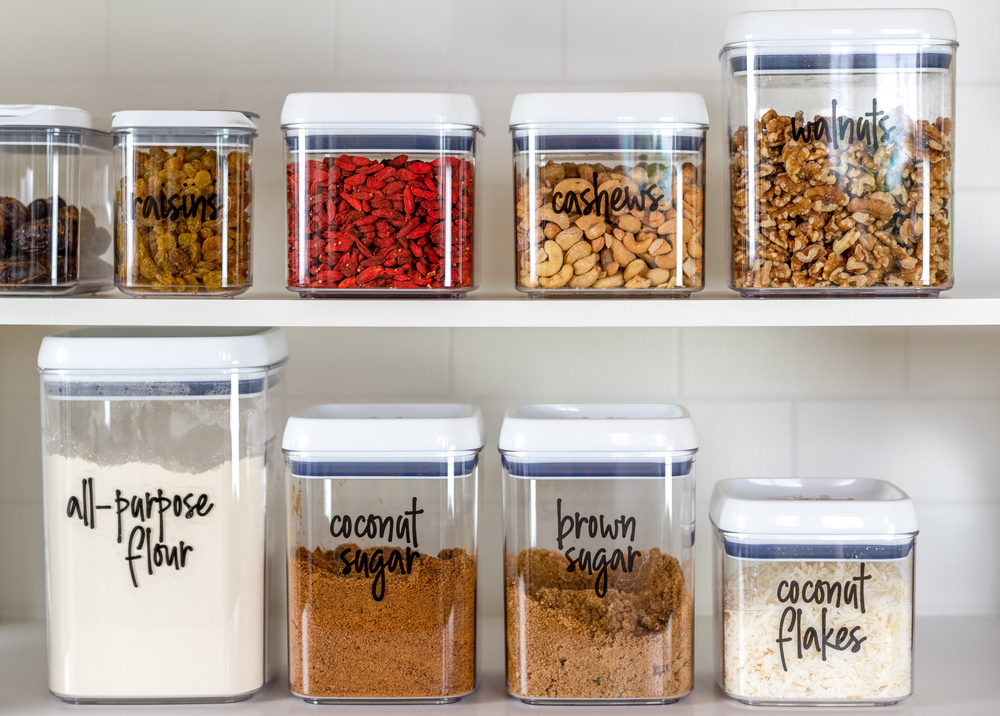
Labeling can be helpful, but going overboard can create visual clutter and confusion. When every jar, bin, or shelf has a label, it can make the space feel busy and overwhelming. Too many labels may even cause people to overthink where things belong. This habit often adds stress instead of simplifying your routine.
Try to label only the areas that need clear organization. General categories like “snacks” or “tools” are more practical than labeling every small item. Avoid decorative fonts or colors that clash with your space. Simplicity makes the system easier to follow and maintain.
Buying Matching Containers for Every Item

Matching containers look tidy at first, but they can take up too much space and create limitations. Many of these sets do not fit your shelves or drawers perfectly. They often lead to storing unnecessary items just to fill the empty boxes. The result is a home that looks organized but is still cluttered.
It helps to mix and match based on size and function instead of appearance. Choose containers that serve a real purpose, not just for visual effect. Leaving open space allows flexibility as your needs change. Practicality should always guide your choices when storing items.
Keeping Every Jar and Box for “Future Use”
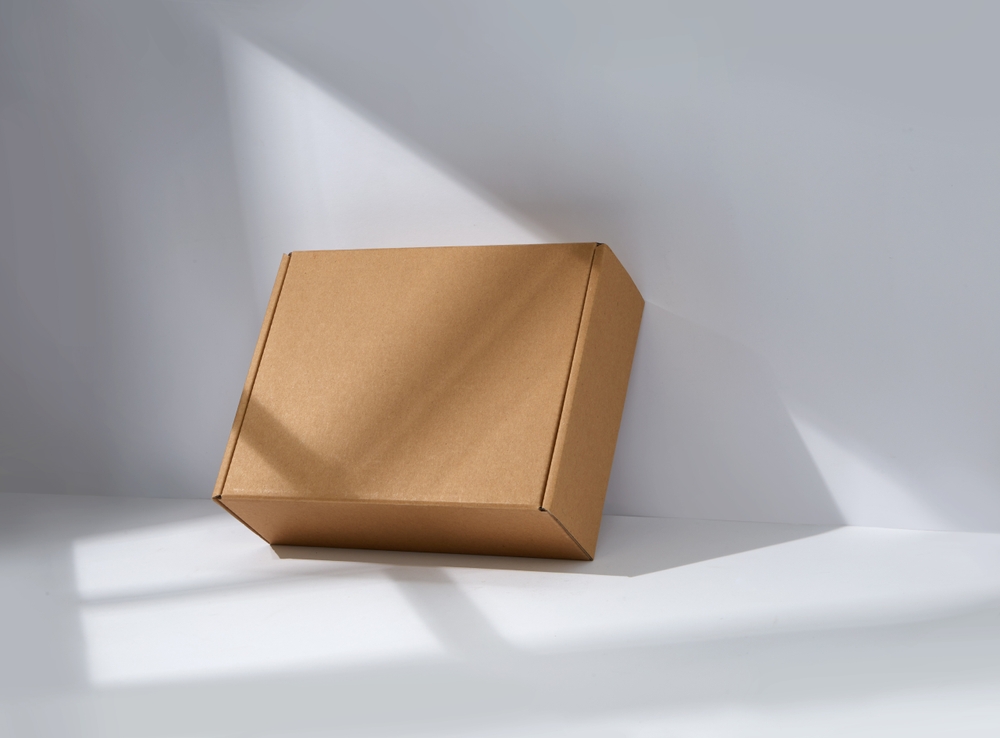
Holding on to empty jars or boxes feels thrifty, but it often leads to cluttered cabinets and closets. These containers pile up faster than most people expect. Saving them for craft projects or storage ideas that never happen wastes valuable space. They often collect dust before ever being used.
Only keep containers that have a clear and immediate purpose. Recycle or donate the rest to prevent buildup. A cleaner space starts with learning to let go of what is not needed. Making this change creates room for items that truly matter in daily life.
Over-Decorating Open Shelves

Open shelving looks nice in photos, but too many decorations can make the area feel cluttered. Filling every inch with baskets, jars, or trinkets leaves no space for practical storage. It turns a once functional shelf into a display of unused items. Dusting also becomes a tiring chore.
To keep shelves balanced, mix useful items with a few simple accents. Leave some gaps for breathing space between pieces. This creates a cleaner look and helps highlight what you display. Less decoration often gives a room a calmer and more open feel.
Relying on “Junk Drawers” for Quick Cleanups
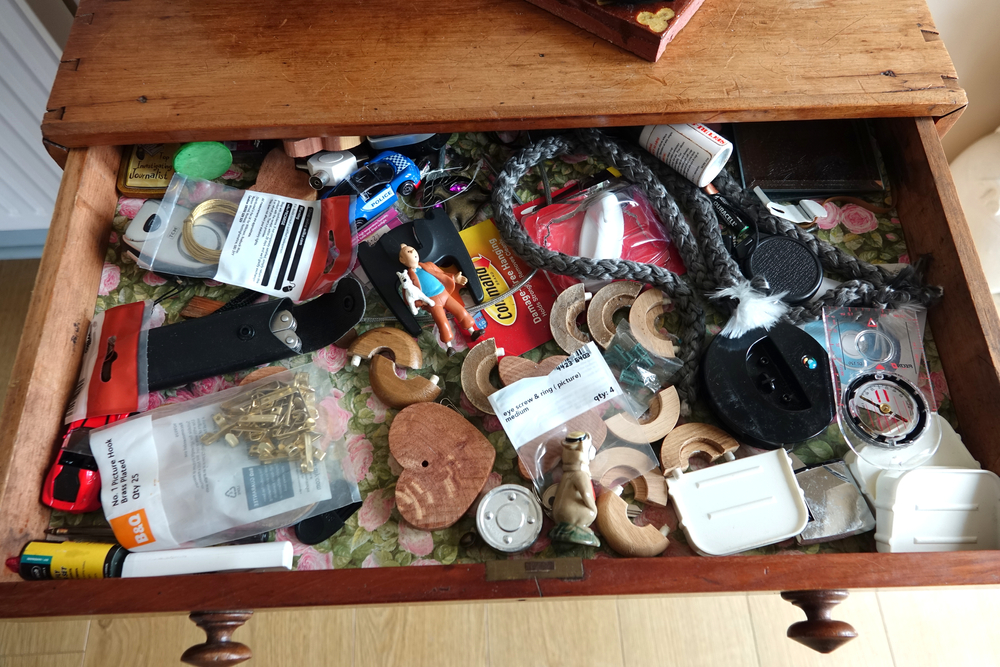
Throwing random items into a junk drawer seems harmless, but it quickly grows into a black hole of clutter. It becomes the go-to spot for everything that lacks a home. Over time, it fills with expired receipts, broken pens, and forgotten tools. Finding anything in it becomes frustrating.
Try giving every item a permanent place instead. Sort the drawer every few weeks and remove what no longer belongs there. Small boxes inside can help separate essentials without turning into chaos. A tidy drawer feels far more useful than one overflowing with odds and ends.
Stacking Items Too High in Closets
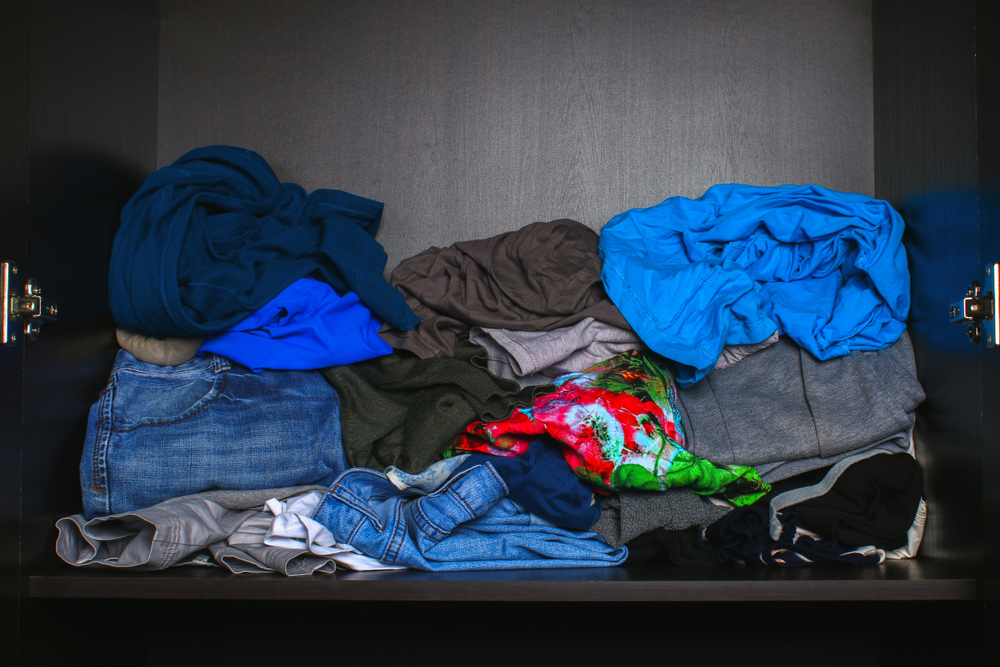
Tall stacks in closets may look neat, but they are hard to maintain. Pulling one item often causes the entire pile to fall apart. This creates frustration and makes daily routines slower. It also increases the chance of keeping things you no longer use.
Use shorter stacks and add vertical shelving instead. Hanging organizers or bins can help separate items without creating heavy piles. Keeping things at eye level encourages better use of space. It also helps you stay consistent with tidying habits.
Hiding Clutter Behind Decorative Baskets
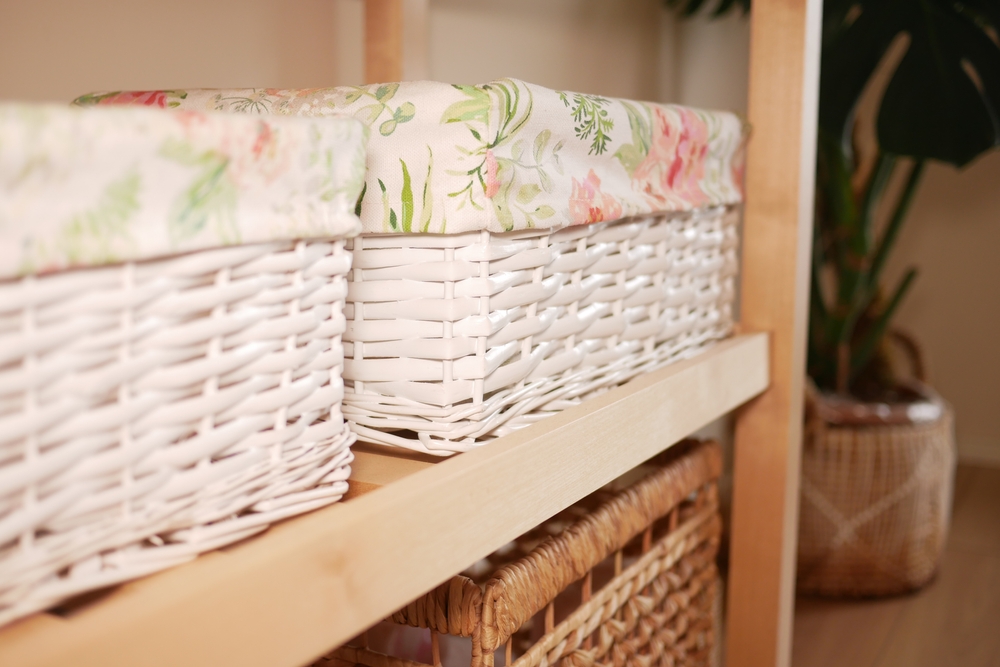
Decorative baskets are meant to look tidy, yet they often hide disorganization inside. Many people toss random items in without sorting them first. This creates hidden messes that build up over time. The baskets may look stylish but do not solve the clutter problem.
Before filling a basket, decide what will go inside and why. Limit each one to a clear category, such as remote controls or toiletries. Review their contents often to prevent overflow. This makes storage both functional and attractive.
Using Too Many Hooks and Racks
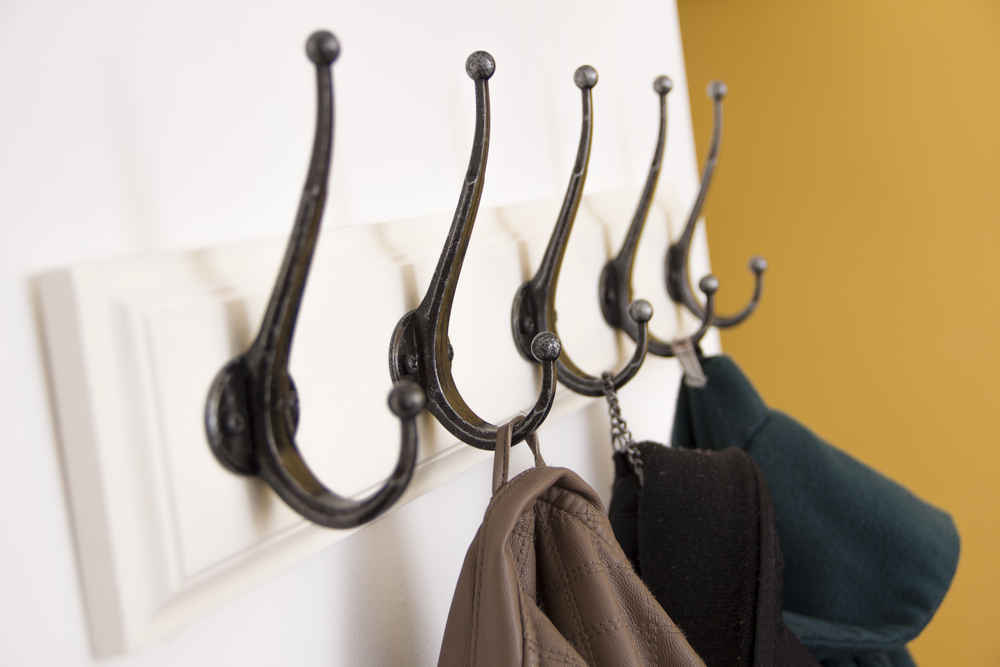
Hooks and racks help with storage, but covering walls with them can make spaces feel crowded. Coats, bags, and hats stack up quickly and block walkways. Too many hanging items make rooms look messy instead of tidy. The area loses its visual calm and order.
Keep hooks to a reasonable number and use them only for items you reach for daily. Seasonal pieces can be stored elsewhere to reduce clutter. Consider using closed cabinets for a cleaner appearance. This keeps the balance between easy access and a neat environment.
Storing Everything in Clear Containers
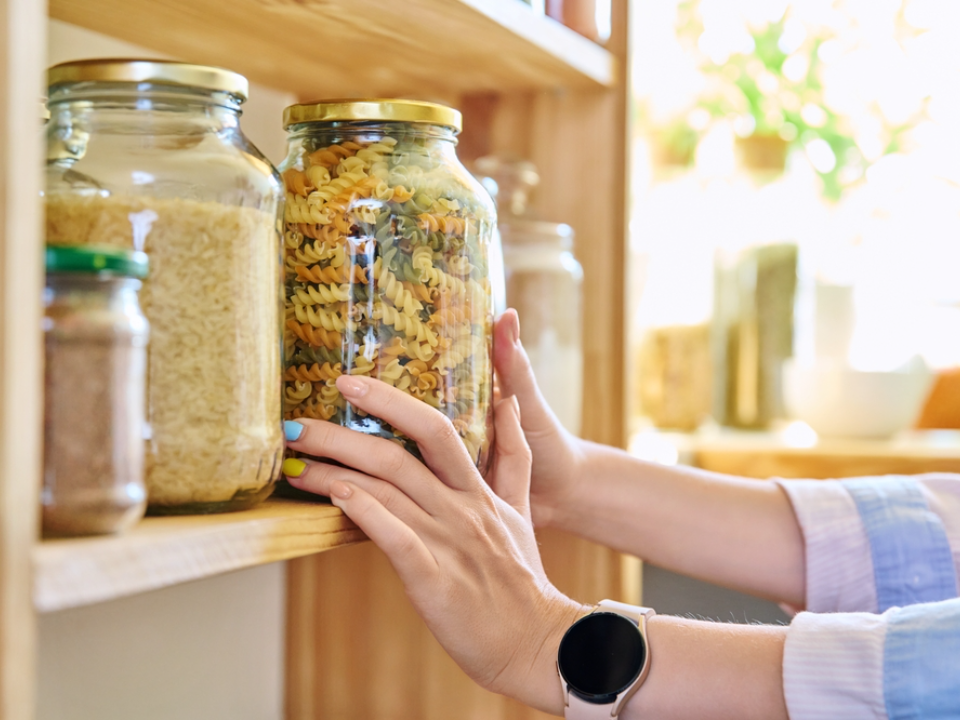
Clear containers are popular because they show what is inside, but using too many can overwhelm the eye. When shelves are packed with visible items, the space can feel chaotic. Dust and fingerprints also show easily, making maintenance harder. The transparency removes the sense of calm that solid storage can give.
Mix clear and opaque containers for balance. Use see-through ones only for items you reach for often. Concealed storage gives the room a cleaner and softer appearance. A little variety goes a long way in keeping things visually organized.
Folding Clothes into Tiny Shapes

Folding every shirt or towel into tiny, perfect shapes seems efficient but often backfires. The folds rarely stay neat, especially when stacked. Constantly refolding or rearranging takes up time and effort. It can leave closets looking messier than before.
Focusing on simple folds that suit your space works better. Larger, looser folds are easier to manage and maintain. Shelves stay tidier because items are easy to grab and replace. The goal should be consistency rather than perfection.
Mixing Too Many Organizing Styles

Combining multiple organizing systems can make your home look scattered. A mix of baskets, boxes, and bins in every color creates visual clutter. The lack of uniformity can make it difficult to remember where things belong. Instead of helping, it often leads to disorganization.
Try choosing one or two styles that match your home’s layout. Neutral colors or consistent materials create a calm and unified look. When everything feels cohesive, maintenance becomes much simpler. Consistency helps organization stay in place long term.
This article originally appeared on Avocadu.
